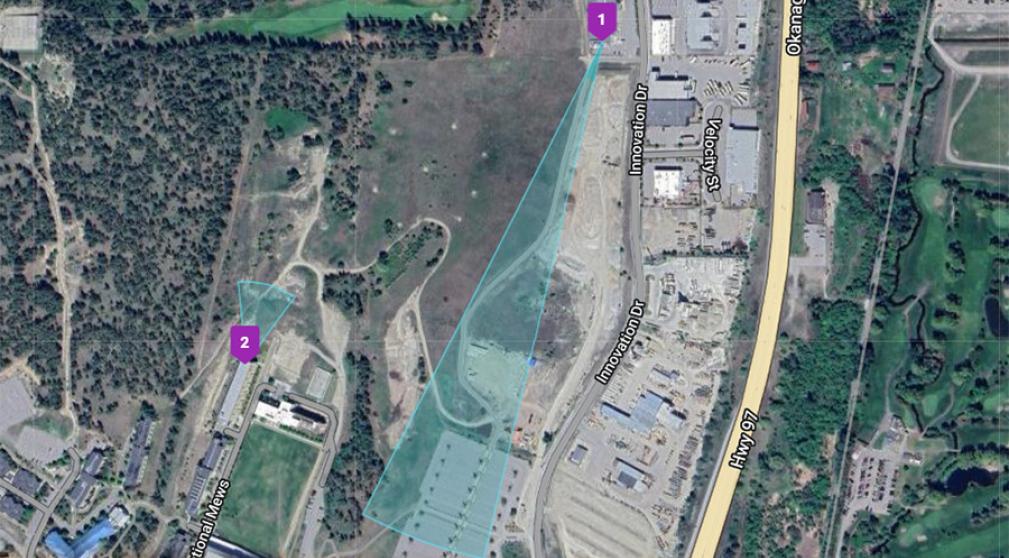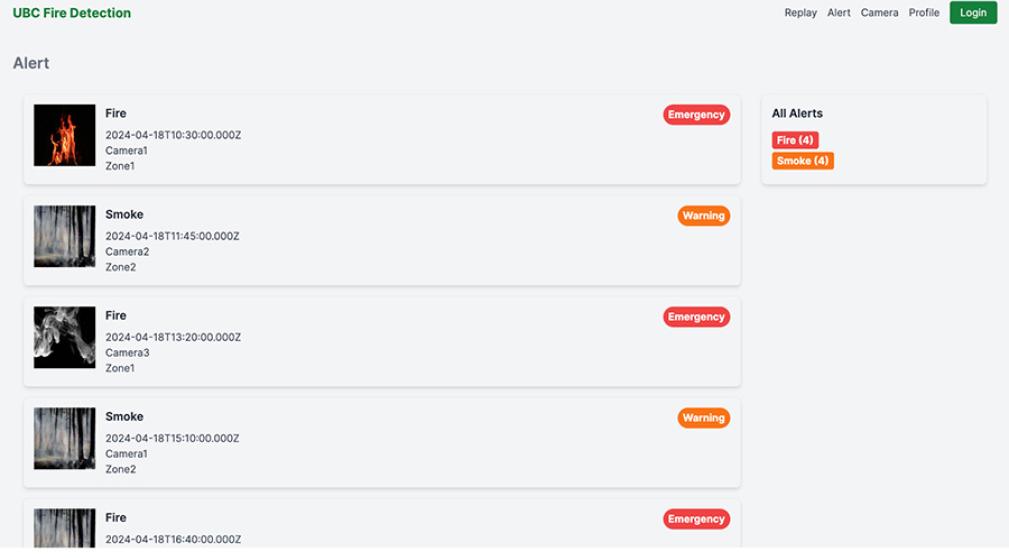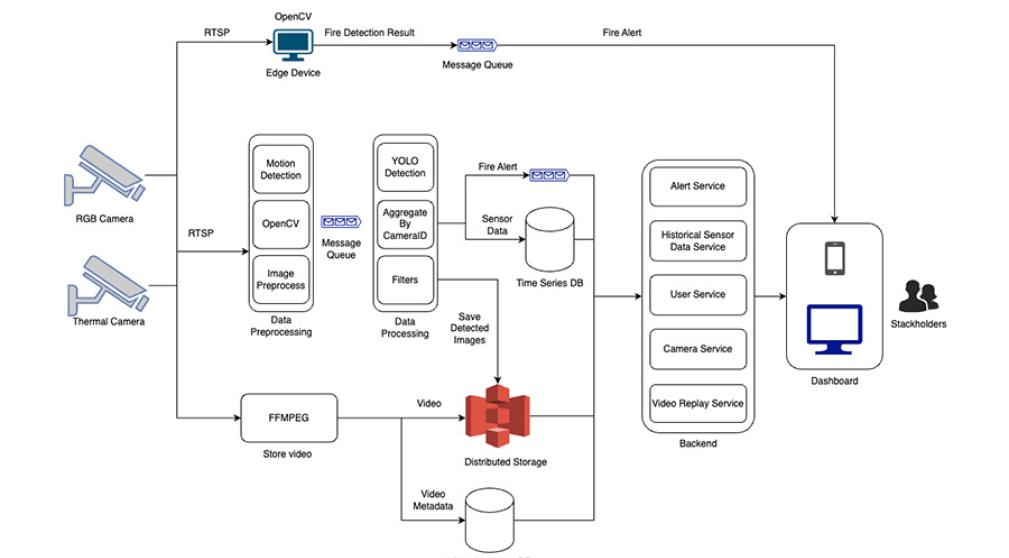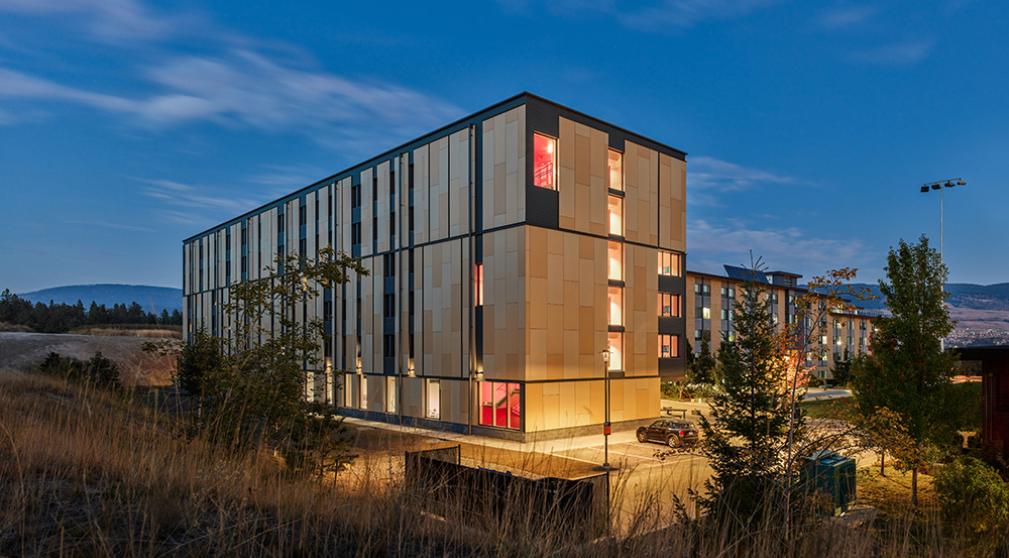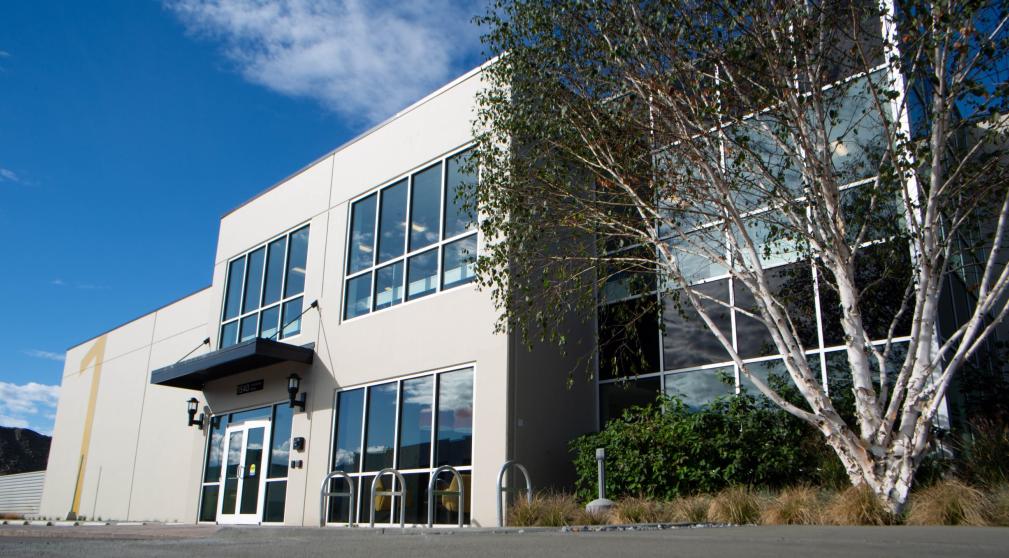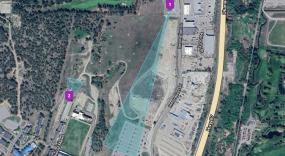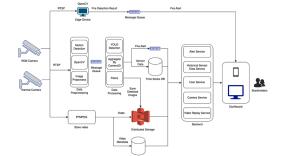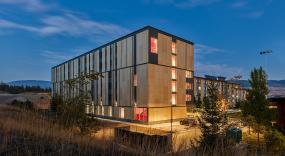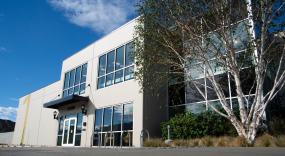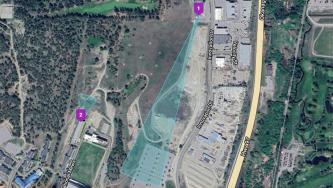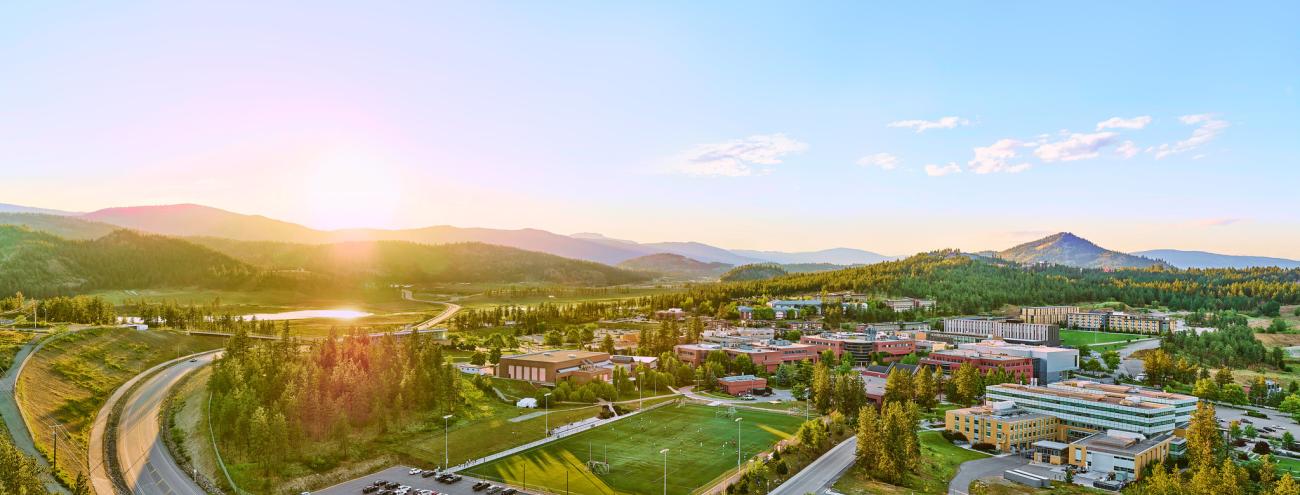
Smart Fire Detection Systems to Improve Wildfire Resilience of UBCO Campus
This pioneering project at UBC Okanagan is set to develop advanced, integrated fire-detection systems using multi-sensor networks for early wildfire detection and hotspots risk assessment.
Project Team
Faculty lead: Dr. Qian Chen, Assistant Professor, School of Engineering, Department of Civil Engineering
Staff lead: Roger Bizzotto, Associate Director, Facilities Management
Co-lead: Dr. Shahria Alam, Professor, School of Engineering, Department of Civil Engineering
Defending UBC Okanagan against future wildfire threats
Wildfires are increasing in frequency and severity around the world, especially in Canada. For example, the summer of 2023 witnessed the devastating damage that the McDougall Creek Fire brought to the Okanagan region and the UBC Okanagan campus. As it becomes clear that traditional methods like manual inspection are inadequate in safeguarding against the wildfires, there is an emerging need for improved wildfire detection mechanisms.
This project represents a significant step forward, leveraging a fusion of visual and thermal imaging technologies, bolstered by multimodal deep learning models, to fortify UBC Okanagan's defenses against future wildfire threats.
Visual and thermal cameras providing real-time alerts
Cameras will be placed on the roofs of the Skeena Residence building and the Innovative Precinct building. These locations were selected strategically due to their proximity to extensive vegetation, which poses a high fire risk during dry seasons, such as summer. Moreover, their previous fire records further emphasize the need for enhanced surveillance. The cameras will provide continuous monitoring of the surrounding areas, enabling early detection of potential fire outbreaks.
Additionally, the project will develop an information transmission system to facilitate real-time data transmission from the cameras to the users. This system will ensure that relevant stakeholders are promptly alerted to any fire-related incidents, allowing for swift response and mitigation efforts.
Furthermore, a user-friendly dashboard will be created to provide easy access to the real-time fire situation for the campus facility management team. This dashboard will display critical information such as fire location and severity level, enabling informed decision-making during emergency situations.
Early detection reduces potential loss of life and property damage
The integration of advanced technologies and the establishment of a comprehensive monitoring system offer numerous benefits. By installing cameras in high-risk areas and developing a user-friendly dashboard, the project enhances campus safety and preparedness against wildfires. Early detection of fire outbreaks enables prompt response and mitigation efforts, reducing the risk of property damage and potential loss of life.
Moreover, the implementation of an information transmission system ensures that stakeholders can promptly access any fire-related incidents, facilitating coordinated response efforts. Overall, the project contributes to reducing carbon emission caused by fire, strengthening the campus's resilience against wildfires, and protecting the campus community and infrastructure.
Media Article:
Bergen, M. (2022). Tech companies want more eyes in the sky for wildfire season. Bloomberg.
